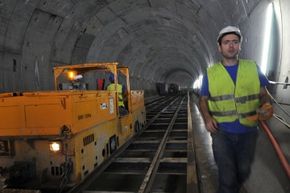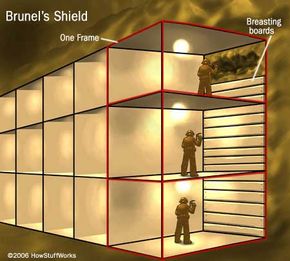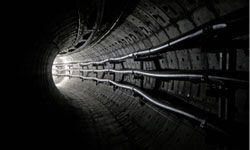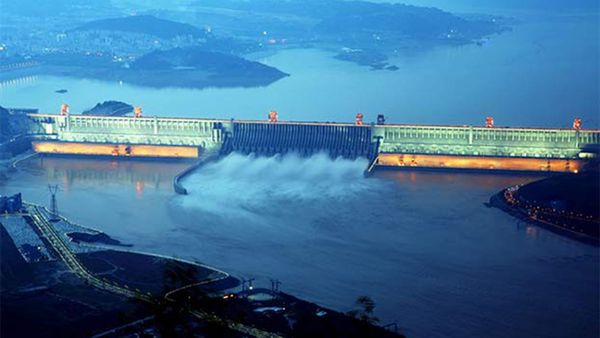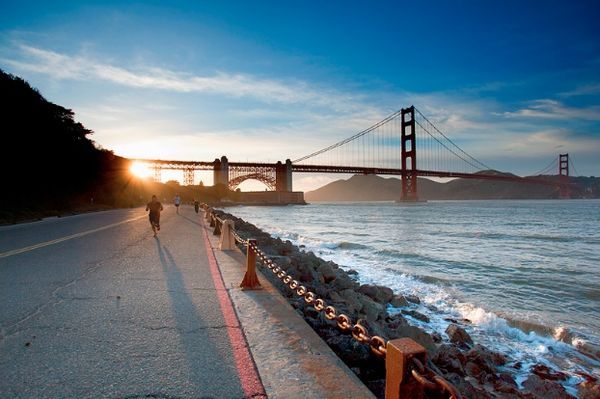Contrary to what super villains or mole men would have you believe, it takes more than a giant machine to build an underwater tunnel.
Still, for most of our tunnel-digging history, we've managed to get by on ingenuity. Humans have tunneled since the first cave dwellers decided to excavate a spare bedroom, and the essentials of dig, support and advance were well-refined by the time the ancient Greeks used tunnels to irrigate and drain their farmland [sources: Lane; Browne].
Advertisement
Underwater tunnels, too, are surprisingly old. Sometime between 2180 and 2160 BCE, the Babylonians built one of the first known examples by diverting the Euphrates River. The 3,000-foot (900-meter) brick-lined and arch-supported tunnel, which measured 12 feet high by 15 feet wide (4 meters by 5 meters), provided a pedestrian and chariot passage between the royal palace and the temple [sources: Lane; Browne].
For centuries, tunnels were employed mainly by miners and medieval sappers, who dug under castle walls to collapse them (hence the term "undermine"), but the advent of canal transport -- and, later, railroads -- gave workers something new to sink their shovels into. The 18th, 19th and 20th centuries saw a succession of ever-more challenging tunnel projects, made possible by vast improvements in surveying and ventilation techniques. Even so, danger and expense delayed attempts at underwater tunneling until the mid-1800s [source: Lane].
Which raises the question: If underwater tunneling risks digging your own grave, literally or financially, why bother? Many city planners agree, turning to tunnels only when congested bridges reach choking capacity. Yet, bridges are problematic, too. They interfere with shipping traffic, take up valuable riverfront property and block scenic views. From a defense standpoint, bridges make easy airstrike targets and can constitute hazards if they collapse [source: Hewett].
Tunnels, conversely, withstand tides, currents and storms better than bridges, can reach longer distances, and have virtually unlimited weight-carrying capacity. In addition, a tunnel's per-length cost drops as it gets longer, whereas for bridges the opposite is true. While tunnels require a larger initial investment, bridges make up the difference in maintenance costs [sources: Everglades Economics; Hewett].
But let's not get tunnel vision. There's no question that passages beneath land and sea face particular security vulnerabilities and safety issues. Fires and accidents pose dire threats in tunnels, which is why rail tunnels include crossover passages where trains can switch tracks, along with service tunnels that can serve as emergency escape routes [sources: Chan; JR-Hokkaido; WGBH].
They sound terrifying, but underwater tunnels are so commonplace that we rarely think of the great dangers -- and extreme construction techniques -- these modern wonders require.
Advertisement

